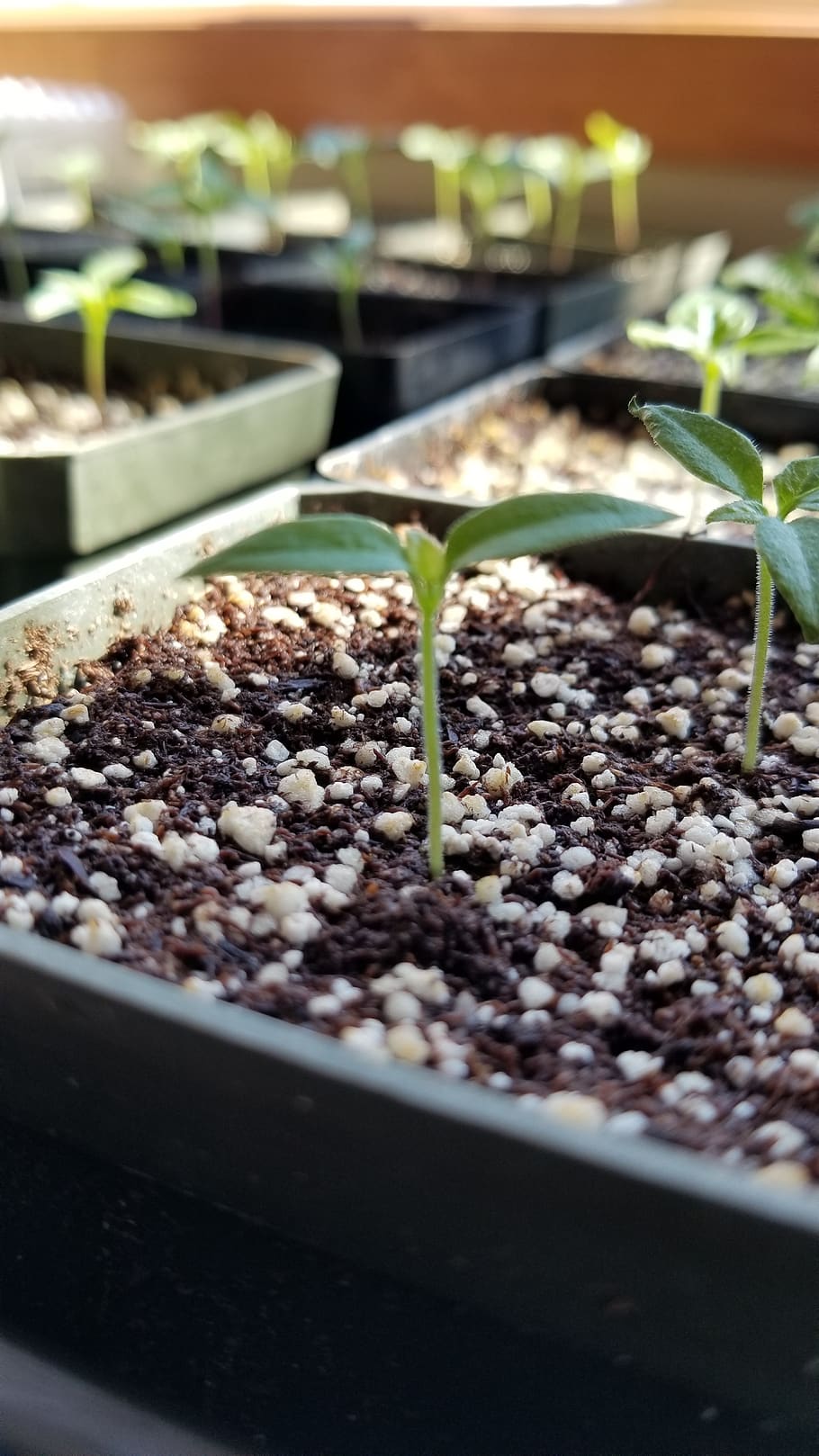Growing Peppers Indoors – Guidelines & Tips
Are you looking to grow peppers indoors but don’t know where to start? Growing peppers indoors is a great way to have access to these tasty vegetables year-round. From making sure you have the right soil to best practices for watering and fertilizing, there are many essential guidelines and tips to follow for a successful indoor pepper garden. Read on to learn those must-know tips for growing peppers indoors.
Selecting the Right Pepper Plant Variety
When selecting the type of pepper you’ll grow, look for varieties that are meant for indoor plantings. It’s usually a better idea to not grow overly large varieties, as they won’t be as successful in a limited space. Additionally, Bell peppers, Habaneros, Jalapeños, and Cayennne peppers are just a few common varieties that are suitable for container growth and well-suited for indoor cultivation.
Securing the Right Container
Peppers need a container that is large enough to house the roots and has good drainage. A pot that is 12-16 inches in diameter is usually ideal. You’ll also want to choose a potting mix that is specially designed for growing peppers.
Light & Temperature Requirements
Peppers need plenty of light, so choose a location in your home that gets at least 6-8 hours of direct sunlight. The optimal temperature range for peppers is between 70-80°F, so be sure to adjust the thermostat accordingly.
Fertilizer & Watering Tips
To ensure healthy growth of the peppers, fertilization is highly important. Use a balanced liquid fertilizer every 3 weeks and follow the manufacturer’s instructions for dosage.
When it comes to watering, your pepper plants should stay moist but not soggy. Water only when the top 2-3 inches of the soil becomes dry. You should also keep an eye out for any yellowing or wilting of the leaves, which may indicate over- or under-watering.
Additional Tips & Tricks
Be sure to also prune and deadhead your pepper plants as needed to help promote new growth. Finally, it’s also important to be on the lookout for pests and diseases that may affect your pepper plants. Use an organic pest control or disease prevention spray as needed.
Final Thoughts on Growing Peppers Indoors
With the right selection of pepper variety, container, and environment, growing peppers indoors can be a rewarding and easy experience. Just remember to always research the type of pepper you choose to grow, make sure you keep the soil moist yet well-drained, and don’t forget to fertilize regularly. With the tips and tricks above, you’ll be well on your way to having a fruitful and delicious indoor pepper garden.



